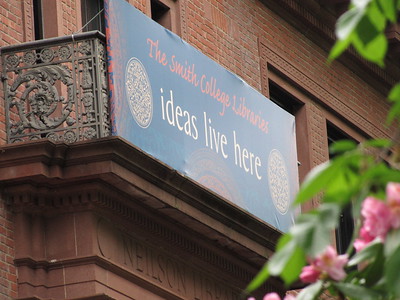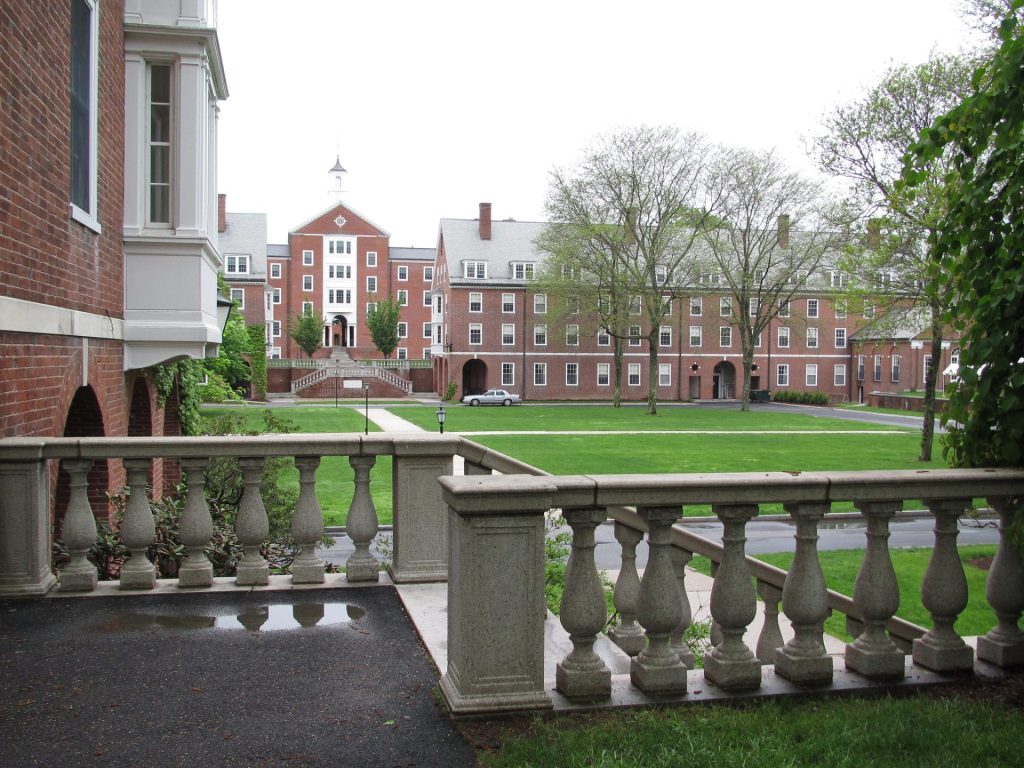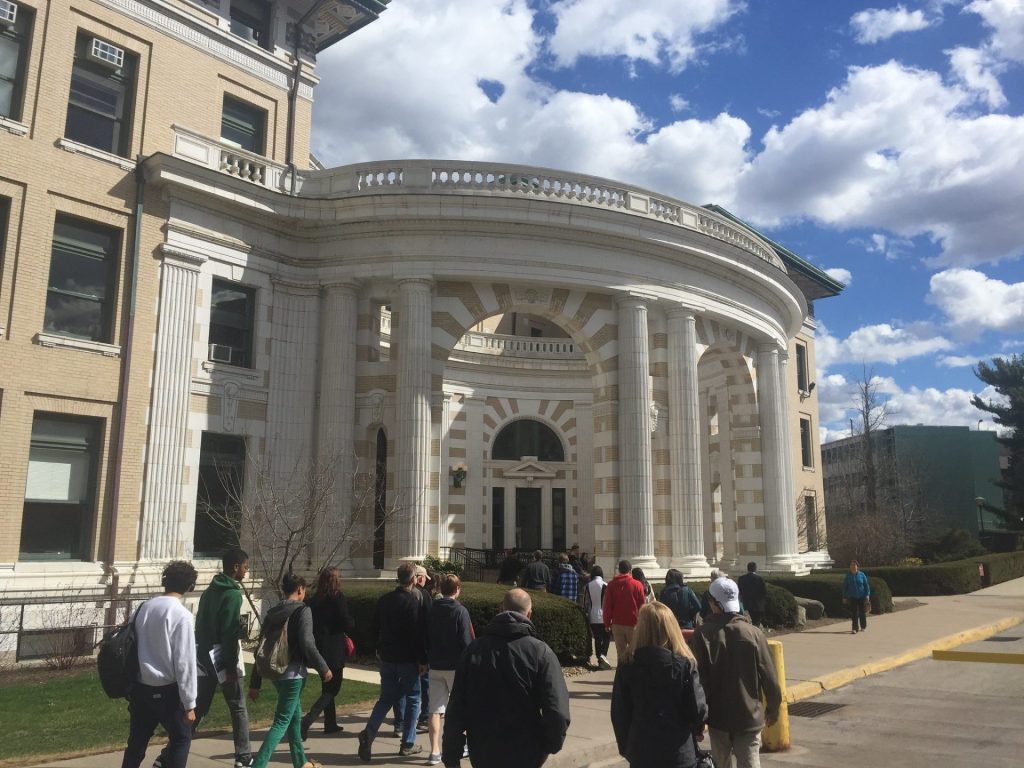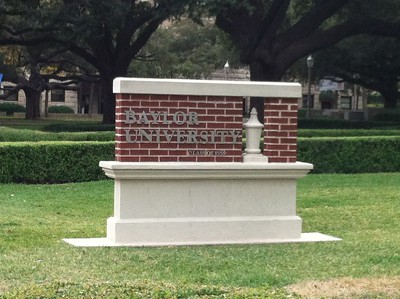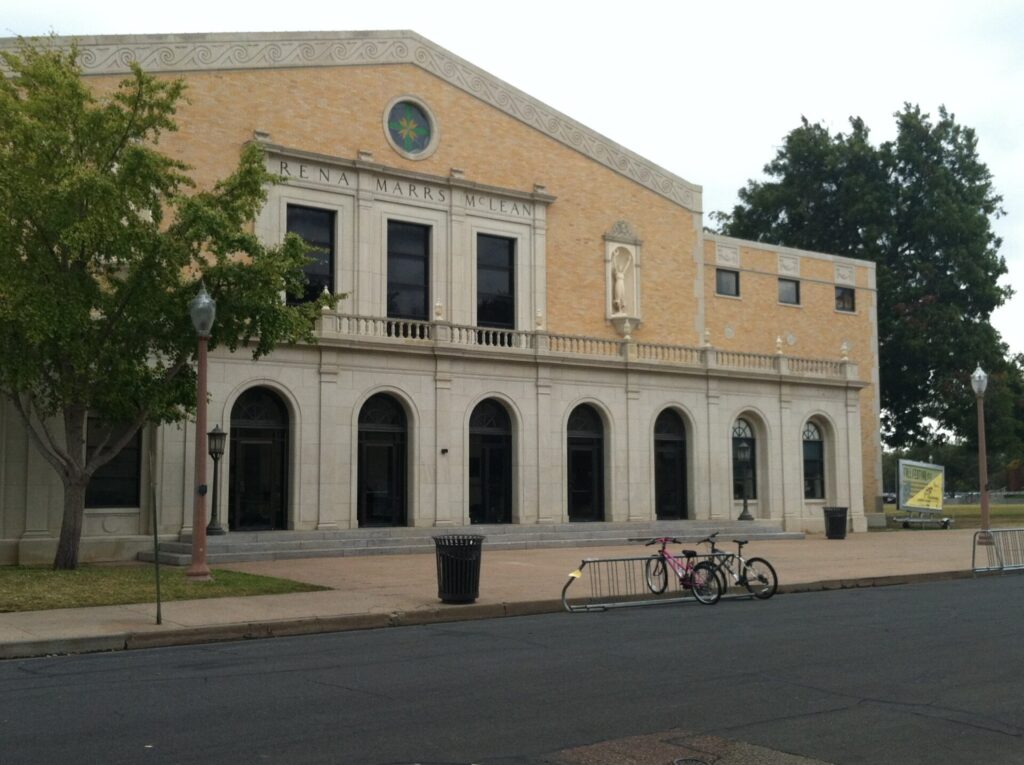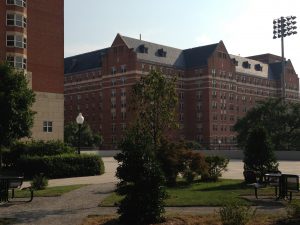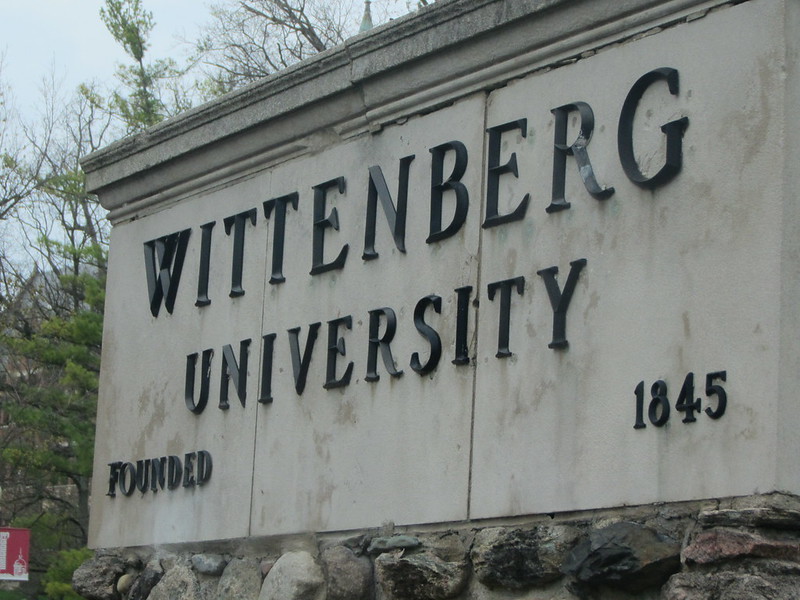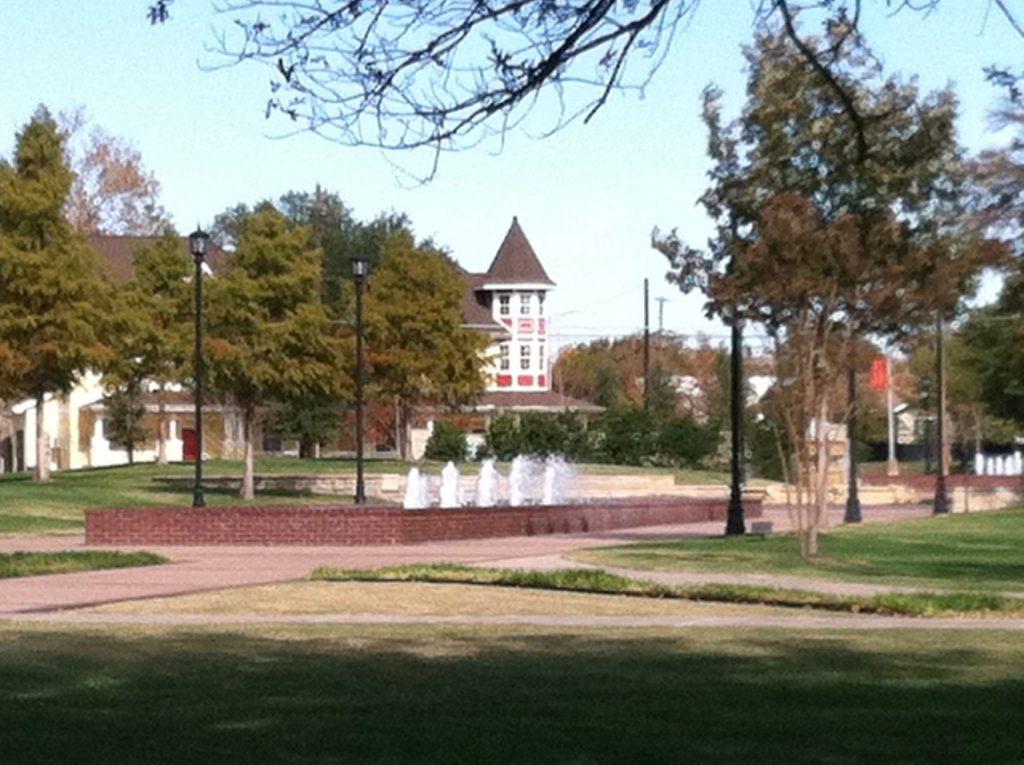
Founded in 1849 by a Presbyterian missionary, Austin College continues to emphasize core values and high participation in service activities. How would you like to be served breakfast by your professors at 10pm the night before finals? Well, at Austin College, you will!
Austin College combines a liberal arts education with strong programs in education, science, health and business. One of the most notable fixtures of Austin’s campus is the IDEA Center. Here, students get hands-on learning in the sciences in the laboratory classrooms and domed observatory, which features a $1-million, 24-inch telescope and astronomical image camera.
Here are a few quick facts about Austin:
Acceptance: 49%
Freshman retention: 82%
Freshmen out of state: 8%
Most popular majors: biology, psychology, business administration and political science
4-year Graduation rate: 68%
Student Community Diversity: 10% Black, 23% Latino, 2% International
Housing: Living on campus is required the first three years, resulting in a total of 74% of students residing at Austin College. The residence halls are co-ed except for one all-male and one all-female dorm. Juniors and seniors have a choice of a suite, a flat or a cottage. Another perk of AC’s residence halls is that they are about 200 yards from most classrooms, making it a little easier to get to early-morning classes on time.
The food in the campus dining halls gets rave reviews from students and the staff are described as very friendly and accommodating. Campus security does a great job of making sure students feel safe on campus.
Academics: The core curriculum begins with a first year seminar. The professors who teach the course then become the mentor for the 20 students in their class. Next, students choose courses in social sciences, natural sciences, and humanities, and classes that focus on writing skills and quantitative reasoning. In order to graduate, students must complete one major and one minor or a double major. There is also an experiential learning requirement which students can complete by doing an internship, practicum or similar experience. Students are encouraged to pursue all their interests and can even combine three of AC’s majors into an interdisciplinary degree.
62% of Austin’s classes have fewer than 20 students so students are really able to get to know their professors. The mentor program plays a big role in helping students get registered for classes and look for internships or research programs. 42% of students conduct undergraduate research, mentored by faculty and 60% study abroad. The best time for students to participate in these activities is during January term, when students focus on only one course.
Austin only offers graduate degrees in education, but students in these majors can get their bachelor’s and master’s degrees in five years. AC’s pre-professional programs are strong; pre-med, pre-dentistry and pre-law students have the highest acceptance rates of any Texas schools into graduate programs at other colleges. Students in the cooperative engineering program have the opportunity to take courses at other colleges.
Similar colleges to consider: Hendrix College, Southwestern University, University of Texas at Austin, Texas A&M University
Social: Austin College is not actually in Austin, Texas, but rather in Sherman. Sherman is not what you would consider a “college town”; it mainly features restaurants. Most of the social life at Austin College takes place on campus or nearby, and students report that there is always something to do on campus. In the fall, the college hosts a carnival called Mega Texas, and in the spring Kangapalooza brings a big-name musician to campus. 13% of men and 17% of women pledge but the Greeks are not school-funded which means they cannot advertise off-campus parties without the college’s permission. On the weekends, students often take trips to Dallas or the recreational spot owned by the college on Lake Texoma.
The Austin Kangaroos compete in Division III, with men’s and women’s swimming and diving, tennis, men’s soccer and women’s basketball being the strongest teams. The women’s water polo team advanced to the national championship in their first year. Austin has a recreational sports program which one-third of students participate in. Soccer, volleyball and flag football are the most popular offerings.
Financial: Austin College offers merit scholarships, but no athletic scholarships.
100% of student need is met at AC. Although the tuition and fees are $55,100 for both in-state and out-of-state students, the average financial aid package is $33,000. 100% of students receive scholarships.



